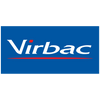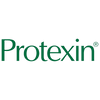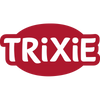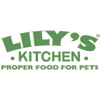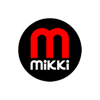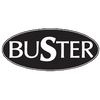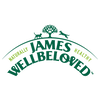Why is it important?
As kids we were always taught the importance of brushing our teeth, despite it feeling like a chore. Just like humans, if dogs teeth are not cleaned regularly plaque will build up.
Not only can neglecting dental hygiene lead to many diseases, but it can also be the reason for a very unpleasant doggy breath! Joii vet Michaela explains what dog owners need to know about dental care, and the dos and don'ts of caring for a dog's teeth.
What does plaque do?
Plaque is a bacteria that causes inflammation of the gums as well as a bad smell. If not treated, plaque may cause your dog to suffer from dental abscesses, wobbly teeth, and risk disease, which can be both painful and expensive. You may notice the gum looking sore and bleeding as a result of plaque.
Your dog's saliva will eventually harden the plaque so that it becomes tartar, which is the hard brown coating you may see on some dogs’ teeth. This cannot be brushed off and needs to be removed by a vet with an ultrasonic scaler. It also provides a rough surface that makes it easier for more plaque to adhere to.
Preventing dental disease
The best way to prevent dental disease is by brushing your dog's teeth daily with a pet friendly toothpaste. Even brushing every other day has been shown to be 60% less effective, so it is best to make this part of your daily routine by positioning the kit near something you do daily.
You can teach dogs of any age to do this but it is easiest to start from puppyhood. In older dogs it’s best to have a vet check first to ensure there is no dental disease already present that should be addressed first - brushing teeth with already inflamed gums will be very uncomfortable for your dog.
There are a lot of different toothpastes available for dogs. It is important to never use human toothpaste as these contain fluoride and foaming agents that your dog does not know to spit out.
How to brush
The most important part of brushing your dog’s teeth is actually the brushing action! You'll need to adopt the right brushing technique to have the most impact. Brush in a circular motion ensuring to reach all teeth surfaces. Remember to brush over the gum line as well. Always start with the back teeth first and the front teeth last as these are the most sensitive.
Top tip: time brushing with feeding so your dog learns that once they have had their teeth brushed they get their food. Provide lots of positive reinforcement by praising them as well!
Dental foods and treats
There are lots of foods and treats available that can help with dental care. Remember that these are not as effective as brushing, but can help in situations where brushing is not possible these can help.
It's always a good idea to speak to your vet for recommendations. Some of these will contain things that help to reduce plaque, while others have a special structure to the kibble/treat that helps to brush the tooth as they are eaten. Remember some of these treats can be very calorific so be careful not to feed too many as you can risk unhealthy weight gain.
What to avoid
While you may have heard that bones and antlers are good for chewing to reduce plaque, our vets suggest avoiding these completely. They risk dental fractures, causing an upset tummy, or even leading to your dog swallowing something they shouldn't. Instead, opt for a special dental toy that provides the same action in removing plaque without the risk.
Need more dental care advice for your dog?
Joii's online vets are here to help you 24/7. Whether you need support brushing, want advice on the best products, or are concerned your dog is suffering from dental disease, our vets are able to provide you support all from the comfort of your home.
Download the Joii app today for 24/7 online vet calls for £24.


